Regenerative agriculture. Either you’re a diehard supporter or you have no idea what I’m talking about. What does a blog about intuition, motherhood, and spiritual growth have to do farming? A lot, actually. It’s been on my mind for monthssss and months and I’m finally ready to talk about this meaty subject (pun intended).
If you have eyes and/or ears, you’ve probably noticed that our society is pretty obsessed with food. There’s all this talk about macronutrients, micronutrients, adaptogens, phytochemicals, and all the other buzzwords. It’s clear that we fixate on what to eat… but not where our food comes from and how that impacts our lives just as much, if not more.
Turns out, it’s not just about organic versus non-organic, the conversation is a lot more nuanced than that. Centuries of industrial agricultural methods have left us on the edge of environmental disaster, with unhealthy and deteriorated farmland, contaminated water sources, significantly lower food quality, and increasingly severe weather events from an unbalanced ecosystem. I promise this post isn’t all depressing. There is a lot of hope for the future, but it’s all resting on regeneration.
What is regenerative agriculture?
Regenerative agriculture is a philosophy and approach to land management that increases biodiversity, restores soil health, enhances ecosystems, improves water supply, and addresses inequity in the food system. It’s a holistic approach to farming that nourishes people as well as the earth.
It’s not a new concept; indigenous populations have been using regenerative farming practices for thousands of years. It’s only our recent history (the last 200 years or so) of monocropping and pesticide use that has depleted our soil. It’s becoming clearer and clearer that regenerative farming is our last hope to not only reverse the damage we’ve done, but also leave our land, waters, and climate in better shape for future generations, our children.
The Bad News First
Scientists, farmers, and climate change experts around the world agree that if nothing changes, our land will become essentially unusable desert. After the groundbreaking documentary Kiss the Ground came out, there was a lot of buzz over the claim that we only have about 60 harvests left. While that claim has since been debunked, the message is not an exaggeration: we have to make some serious changes if we want our grandchildren to be able to eat.
The Good News
As you probably know by now, I’m not one to spread doom and gloom, there is always hope for the future. But it’s up to everyone to do their part, including industries, corporations, farmers, and individuals like you and me. Regenerative farming produces healthier and tastier food, supports clean air and water, and is one crucial step in reversing climate change. If you want to learn more about how regenerative agriculture can change the future of farming, I highlyyyy recommend watching the Netflix documentary Kiss the Ground. I promise it’ll leave you feeling energized, not depressed, and hopeful for the changes to come.
What can individuals do to support regenerative agriculture?
If you’re ready to make some changes yourself, here are 6 tangible ways you can support regenerative agriculture:
1. Buy food from local regenerative farms.
Regeneration International has a super easy-to-use website where you put in your location and it gives you a list of all regenerative farms within a 50 mile radius. If they’re too far to drive to on a regular basis, shoot them an email to see if they have a delivery service or hit up your local farmers markets to find regenerative farmers who visit your area. Chances are you’ll find at least one!
2. Support companies who advocate for regenerative farming.
When not shopping locally, you can find regenerative brands in your local grocery store or online. I have an upcoming blog post of all the companies we shop from regularly who support regenerative farming – sign up for the newsletter so you don’t miss it!
3. Donate.
Donate time, money, or resources to regenerative farming research organizations and nonprofits such as Regenerative Agriculture Alliance, Grounded, Kiss the Ground, and RegenAg.
4. Purchase clothing made from regenerative fabric.
Natural fibers used in the fashion industry, such as cotton, wool, hemp, and linen are all grown/raised on farms or ranches. When the fiber is grown or the fiber-producing animal is raised as part of a regenerative system, then that fiber is considered regenerative. It’s similar to how cotton that is grown on organic farms is considered organic cotton.
The leader in the regenerative fashion space is Fibershed, a nonprofit organization based in California that is building regenerative fiber systems through research, education, events, and partnerships.
There are several clothing brands that support regenerative agriculture by sourcing their materials from regenerative farms including Harvest & Mill, Coyuchi, Eileen Fisher, Patagonia, Christy Dawn, and Seed2Shirt.
5. Become an advocate.
It sounds so simple but the reality is, the more people know about it, the faster the changes. What we do and say has a ripple effect. You might not see the difference, but by telling a friend about Kiss the Ground or a regeneratively farmed beef jerky you really love or even by sharing this post, you’re making a difference.
Educate yourself on regenerative farming so that you can tell your friends, your coworkers, your family, your neighbors, the lady standing next to you in line at the grocery store. Here are some resources to get started:
6. Bring regenerative farming to your own backyard!

You don’t need a farm or even acres of land in order to start a regenerative garden. A huge part of regenerative agriculture is carbon sequestration. Check out The Regenerative Garden: 80 Practical Projects for Creating a Self-sustaining Garden Ecosystem for inspiration!
I hope this was valuable and inspired you to take a closer look at where your food comes from. For me, I know that higher quality foods often (but not always) come with a higher price tag, but there are lots of free and inexpensive ways you can support regenerative agriculture and the health of our soil: shop local, cut down on food waste, and spread the word.
I’m incredibly grateful for your support of my blog and hope to hear from you! Stay wild!
Sources:
- https://agreenerworld.org/a-greener-world/regenerative-farming-the-next-big-con
- https://agwalerts.medium.com/regenerative-farming-the-next-big-con-a08b5eec7238
- https://foodtank.com/news/2018/05/organizations-feeding-healing-world-regenerative-agriculture-2
- https://www.heirloomsoul.com/blog/regenerative-resources
- https://magazine.madetrade.com/what-is-regenerative-fashion
- https://truegracehealth.com/pages/regenerative-agriculture
- https://www.consciouslifeandstyle.com/regenerative-fashion
- https://www.nrdc.org/stories/regenerative-agriculture-101
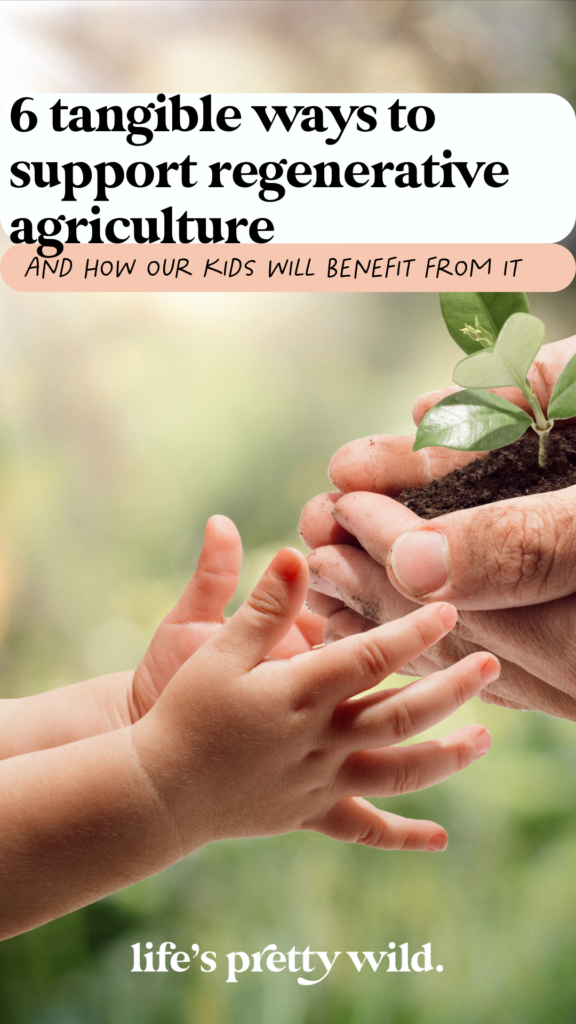

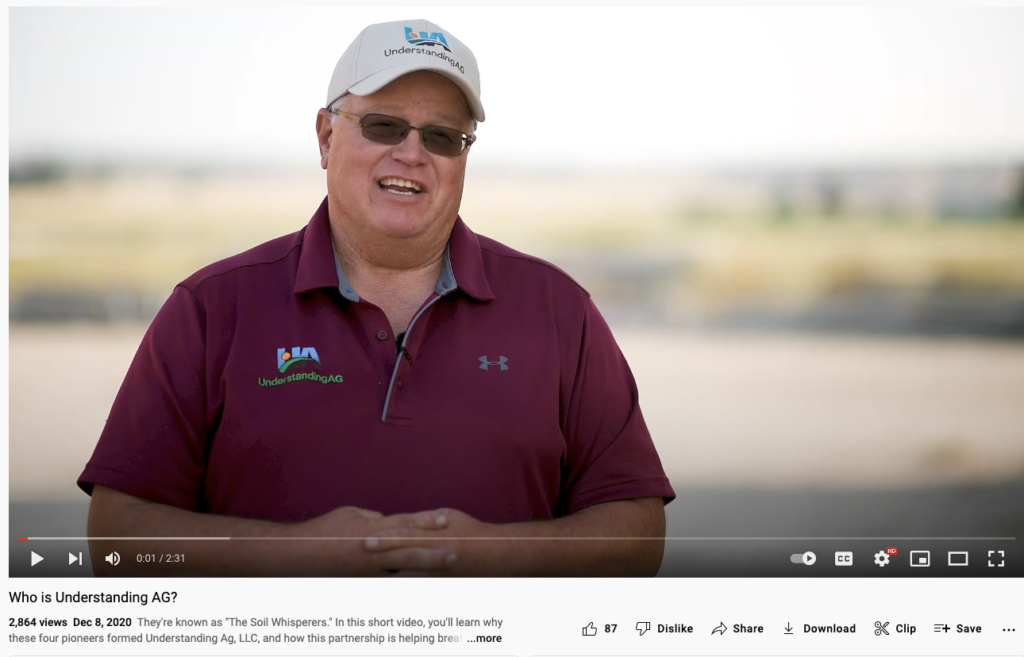

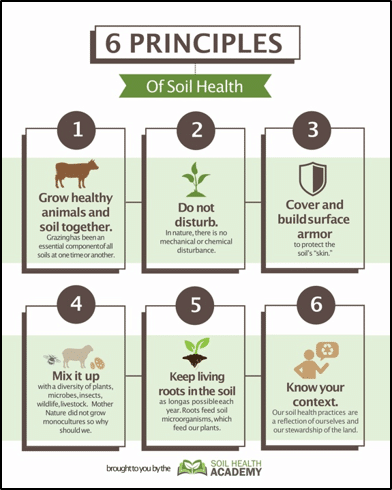
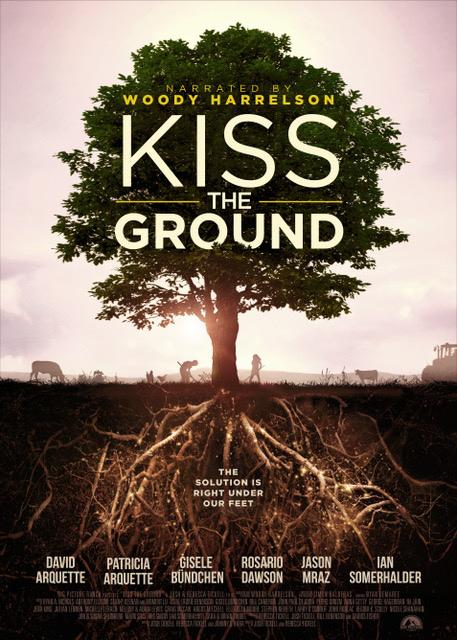

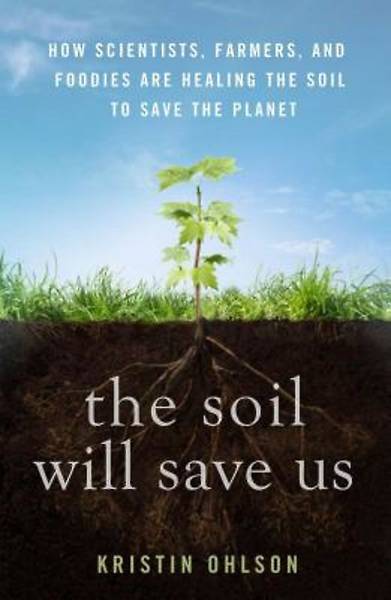

Comments +